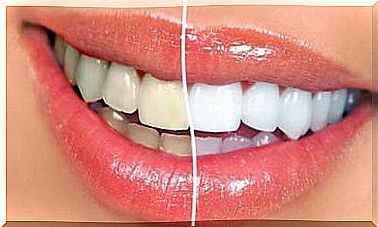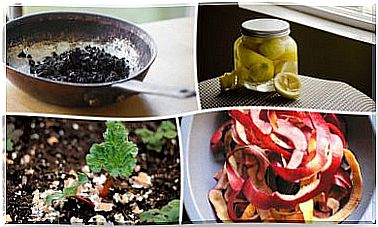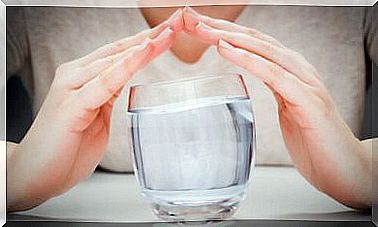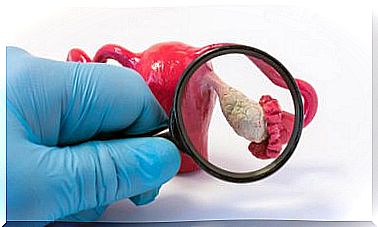Strong Reasons Not To Reuse Plastic Bottles
Depending on the type of material used to make the bottles, it can be detrimental to our health if we prolong their use beyond the expiration date indicated on the container
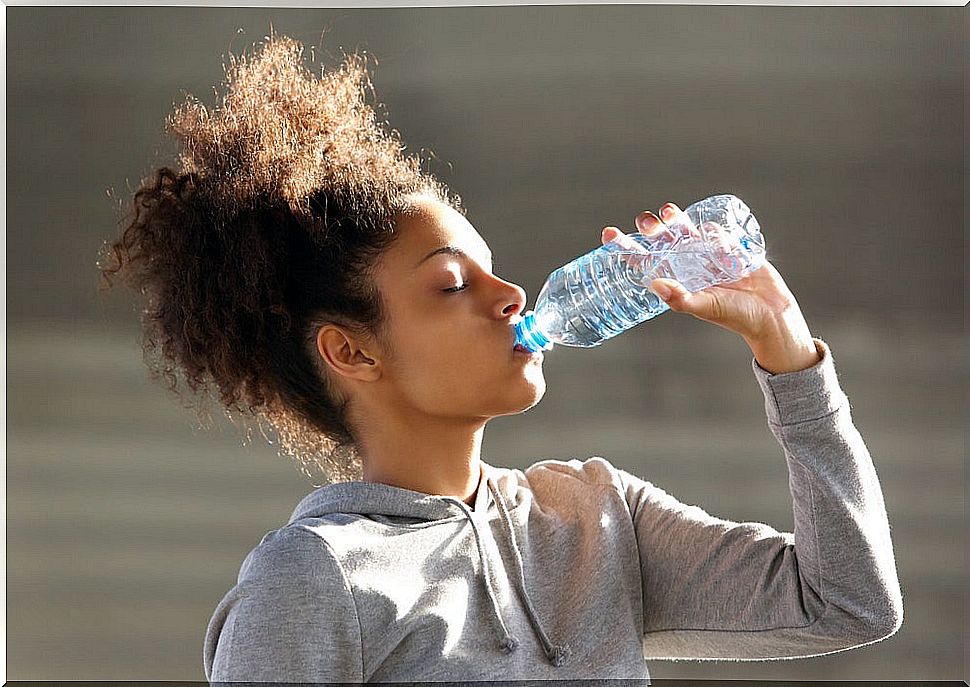
If you are one of those people who usually reuse plastic bottles, take note of these reasons that will prevent you from using this type of object twice.
On the one hand, it is important that we have the habit of recycling. Indeed, thanks to this routine we will be able to take better care of the environment.
However, be that as it may, what you should not do is reuse plastic bottles, something that surely many of us have been doing for a long time.
If you want to know why you should not do it, we invite you to continue reading this article.
In the first place, we must take into account the data produced by different studies carried out by the National Institute of Environmental Health Science of the United States.
Through a sample, a third of the brands were found to contain bacterial contaminants or chemicals that contained carcinogens.
So much so that the levels of carcinogens found exceeded industry standards.
Plastic containers can give off dangerous chemicals
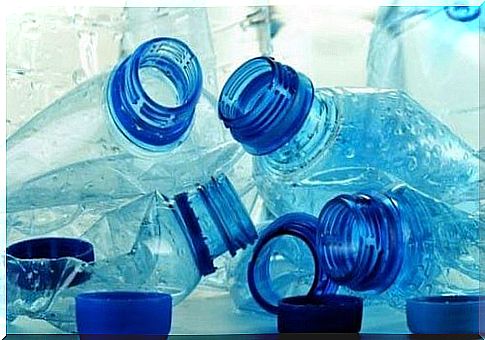
Plastic containers are not as harmless as you think, and they can give off dangerous chemicals. Therefore, it is essential to pay attention to the special symbols that you will find on the bottom of the containers.
Among them, there are triangles with figures that indicate the type of plastic from which the bottle was made.
- Thus, in containers marked with “1” (PET or PETE), you should know that they are safe only for disposable use.
If they are in a place with the presence of oxygen, in case of heating or being exposed to the sun’s rays, this container would emanate toxic substances that would pass into the water, with the danger that this would entail.
- On the other hand, if you see that you have containers marked with “3” and “7”, that is, PVC and PC, be careful because it is a type of container that emits toxic substances that can penetrate food and beverages.
This type of packaging could end up causing dangerous diseases.
- The bottles that are optimal for refillable use are those made from polyethylene. They are marked “2” and “4”, while polypropylene containers are marked with “5” and the letters PP.
These containers are relatively safe if you use them to store cold water, and if you disinfect them properly.
Beware of bacteria
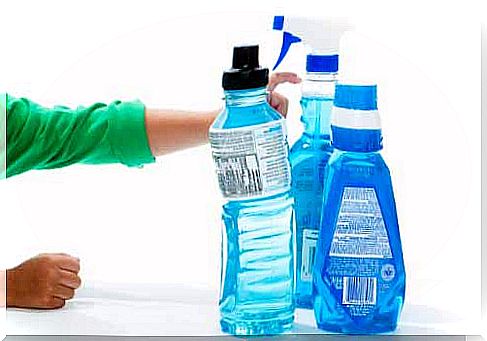
Another aspect that we must take into account when treating plastic bottles is the bacteria that they can store.
Indeed, the level of bacteria in these bottles usually exceeds the safe amounts for the body. We ourselves create the perfect conditions for the growth of microbes to occur when we take a bottle with dirty hands and put room temperature water in it.
Also, it is not always enough to wash the bottle well. Even doing this process, which would have to be effective in itself, the truth is that it is not.
After washing the bottle well, we can also become intoxicated or even get hepatitis A.
In addition, we must emphasize that the largest amount of bacteria resides in the mouths of the bottles. Precisely this area, it is not always possible to wash it well.
Plugs and sliders are full of germs that get into the mouth.
So a good way to try to protect yourself is to drink through a straw.
Be careful with the place where you keep the bottles
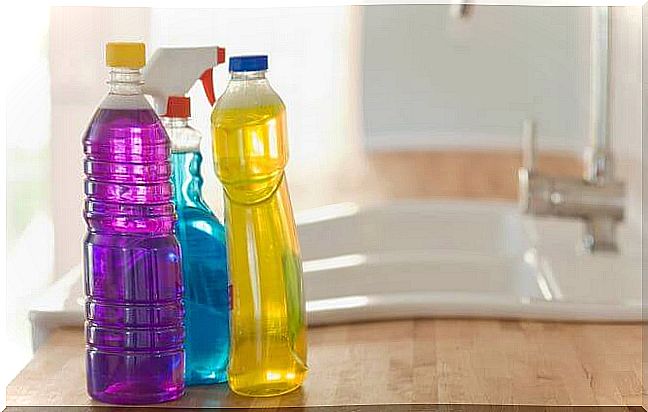
Bottles should not be stored in places where temperatures are high.
High temperatures can cause the plastic in water bottles to leak chemicals that can be harmful.
Likewise, it can also be dangerous to store water in the garage or warehouses. It is also not recommended to store them near gas fumes, pesticides or other chemicals that could affect their smell and taste.
They can produce antimony
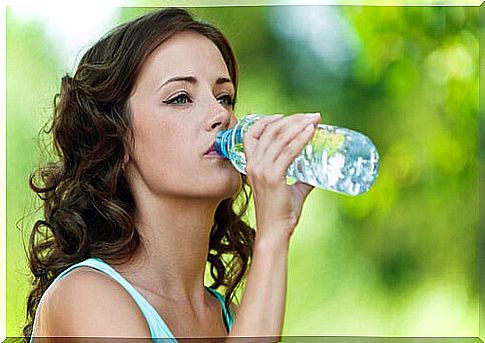
Antimony is a toxic material that is frequently used in the manufacture of water bottles. The longer a bottle of water is kept, the more antimony it can produce.
Antimony can cause nausea, vomiting, and diarrhea, so it is important to drink the water bottle when you buy it and not keep it in storage for a long time.
